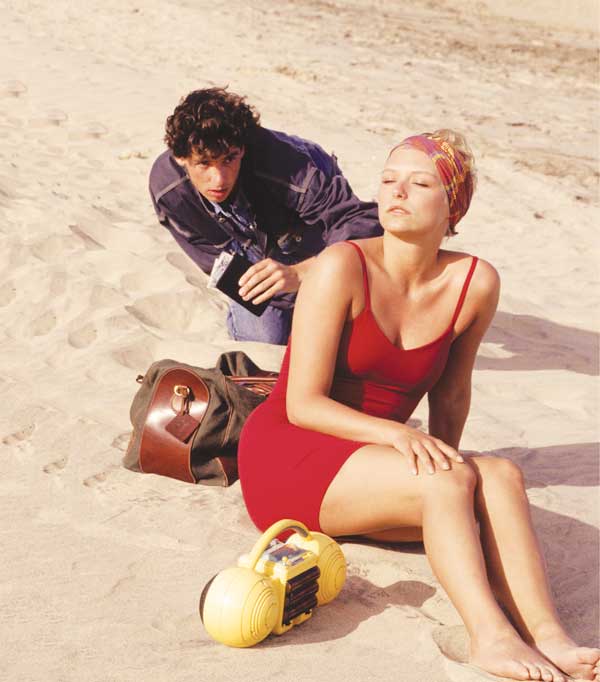On The Go: Cards Versus Cash

What do you carry in your wallet when you travel? Cash is always handy for small purchases in markets or rural towns, but flashing bills also makes you a big target for pickpockets.
Credit cards are a safer alternative, but using plastic sometimes encourages you to rack up big bills. And then, of course, there are traveller’s cheques … wait, do people still use those?
One product that’s starting to find a place in travellers’ wallets is the prepaid travel credit card. Issued by the main credit card companies through banks or other big institutions (Canada Post offers one), the reloadable cards look and act like credit cards save for one crucial difference: you load them up with a cash balance before you leave. You decide how much cash you want available for the trip.
They’re accepted in most places that major credit cards are. Or, if you need some local currency, they can be used to withdraw cash at most ABMs worldwide. In the event your card is lost or stolen, they’re difficult to compromise. Like credit cards, they’re PIN- or signature-protected, can be cancelled if lost or stolen and offer added security because they’re not directly linked to your bank account and carry only limited balances.
Before purchasing one, though, you should look closely at the fees. Most prepaid cards will charge you activation, monthly, reloading and first-purchase fees. You’ll also be hit for the usual ABM fees and, because the cards are loaded with Canadian dollars, they’ll automatically convert to the local currency but not without a surcharge.